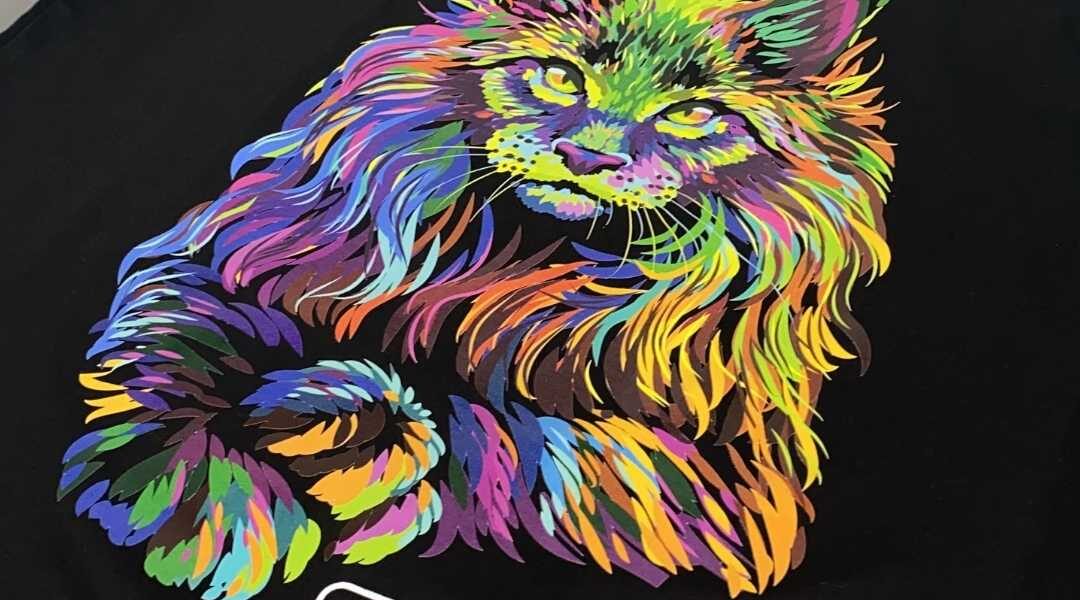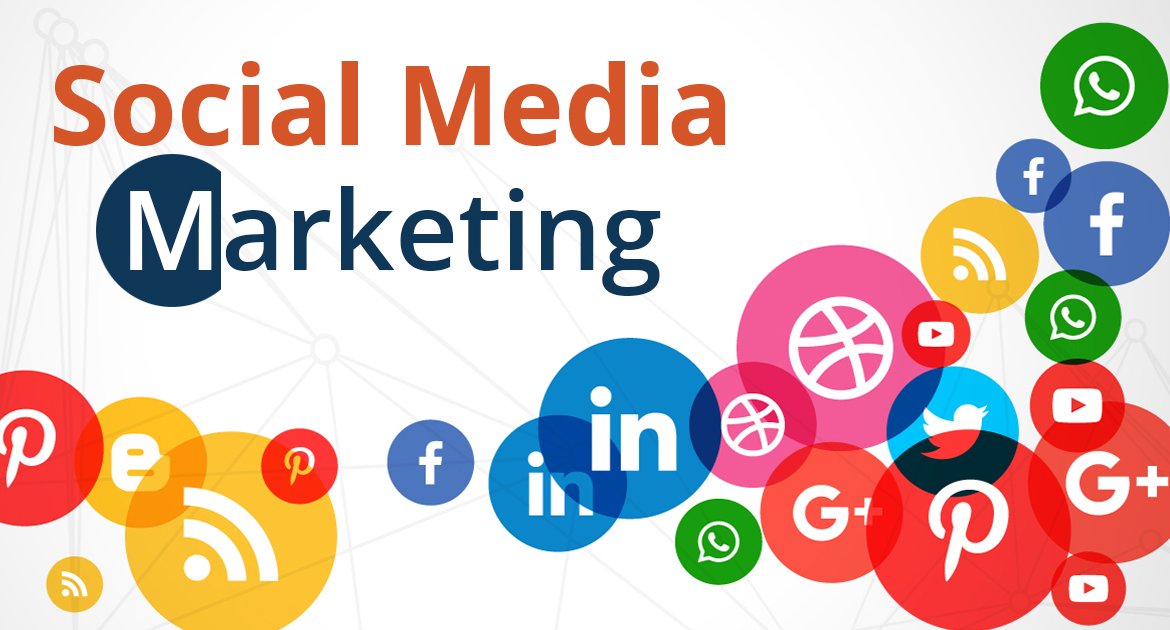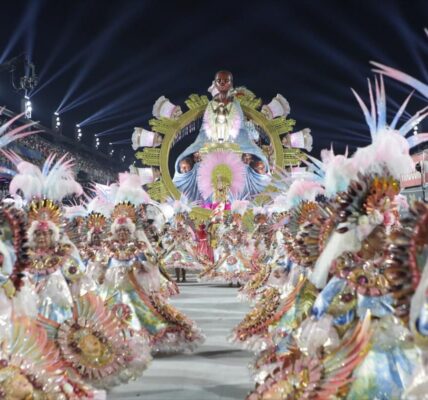The custom t-shirt printing business is among the fastest-growing industries of today. With demand for customized clothing constantly increasing and the need for custom t-shirts, launching a company could be a lucrative business. But, prior to starting, making the right choice for your printing equipment is essential. The correct printer and equipment can mean the difference between producing quality products and not meeting the expectations of your customers. This article will take you through the essential factors to take into consideration when choosing the appropriate printer for your company.
Knowing What You Need for Printing
Before purchasing or purchasing any device, the primary step is to determine the printing requirements of your business. The best equipment for your company will be determined by a variety of aspects, such as the number of orders you receive, the kind of designs you’re planning to print, as well as the amount of customisation you’d like to offer.
If you intend to print huge quantities of t-shirts that have basic designs, you’ll require a printer capable of handling massive production runs effectively. However, if your primary focus is on producing intricate full-color designs or smaller batches, you’ll require a more adaptable and adaptable printer.
Another important aspect to take into consideration is the kind of fabric you intend to use for printing. Certain printing techniques are best suited to cotton, while others work best on synthetic fabrics such as polyester. Understanding the type of fabric you’ll likely be printing on the most frequently will aid in determining your choice of equipment and printing method.
Examining Various T-Shirt Printing Equipment Types
There is a variety of printing equipment for t-shirts, each with its particular strengths and limitations. These are the most popular kinds of printing techniques and equipment:
Screen printing machines. Screen printing has been a popular method for printing on t-shirts for many years. The process involves making the stencil (or the screen) and then using it to apply ink layers onto the fabric. Screen printing is great for large orders and is renowned for its vivid, lasting prints. Screen printing is the ideal choice for companies that want to print large amounts of t-shirts that have simple designs. However, the costs for setup and time could be more costly when compared with other options, making it unsuitable for smaller quantities.
Direct-to-Garment (DTG) Printers If your business is focused on high-quality, precise designs or smaller production runs, direct-to-garment printing could be a great choice. DTG printers function similarly to inkjet printers, but print directly on the fabric. This technique lets you print high-quality, full-color images with no limitations like screen printing. DTG is ideal for companies that produce small quantities or print on demand. Although DTG’s initial cost is less than screen printing, DTG printing machines may come with higher costs per unit.
The Heat Press Machines that heat press utilize pressure and heat to transfer designs printed over transfer paper to a T-shirt. This process is fairly cost-effective and easy to operate, which makes it a good option for people who are just starting or who have limited funds. They are versatile and are suitable for printing a wide range of materials, such as polyester, cotton, and blends. While they might not have the same durability or quality of print as screening printing or DTG, however, they can be an excellent start for companies who don’t require a large volume of production.
Sublimation printers. Sublimation printing is suitable for polyester fabrics or products coated with polyester. Sublimation printing uses heating to convert solid dye into gas that then bonds to the fibers of the fabric. This results in vibrant full-color prints which become integrated into the fabric, rather than being atop the fabric. Sublimation printing is a great way to print quality, but it’s only appropriate for polyester-based fabrics. If your business is focused on printing on polyester clothing or printing on all-over prints, sublimation printing might be the best option.
Essential Facts for Equipment Choices
When choosing a printer for t-shirts, there are a few essential aspects to be considered to ensure that you receive the most return on your investment.
The speed and Efficiency of Printing that your printer is able to print directly affect your capacity to complete orders swiftly, particularly during peak times. If you are planning to handle huge orders, a quick and efficient printer is essential. But if you’re working with smaller quantities or intricate designs, you might not require the most powerful machine, but one that focuses on quality and accuracy.
User-Friendliness and Setting up. If you’re a novice to printing t-shirts, opting for equipment that is easy to install and operate can help you save time and stress. Find printers and equipment that have clear directions and user-friendly interfaces. Some models have beginner-friendly features that help ease the learning curve, but others might require more expertise or professional training.
High Quality Printing and Consistency: Print quality is your main concern. Customers want sharp, vivid designs that can stand the rigors of time. Think about the printer’s resolution, and how it influences the quality and quality of the designs. For instance, a printer that has greater DPI (dots per inch) capabilities will create crisper and more accurate prints. Make sure that your printer provides consistent quality across several prints. Inconsistencies can damage your reputation.
Dimensions and space considerations: Before you purchase any equipment, ensure the space you’ve got in your space or work area to accommodate the machines. Larger heat presses and printers might require large amounts of space, which can be an issue in smaller stores. Take into consideration the footprint of the machine and make sure it’s in sync with the design of your business to allow for efficient production without causing too much congestion in the workspace.
Maintenance and durability: Investing in high-quality, durable equipment can save you cash in the end. But it’s important to think about the maintenance requirements of the device. Certain machines and printers require regular maintenance and cleaning, which could increase the operating expenses. Make sure you choose machines that are simple to maintain and have high-quality support from the company that makes them.
How to Select Equipment Based on Budget
The budget you have set will have a major influence on the equipment you select. The initial cost for printing equipment for t-shirts can vary from just a few hundred dollars for the simplest press machines to thousands of dollars for industrial-grade equipment. When you are determining your budget, take into account both the initial expense and long-term operational expenses like ink, maintenance, and training.
If you’re just beginning and you have a smaller budget, it’s usually recommended to start with less expensive, smaller machines such as heat press equipment or entry-level DTG printers. These devices will help you begin your business from the starting line without spending a fortune. If your business grows and your budget allows you to purchase top-of-the-line equipment, it will provide you with quicker production times and superior results.
If you have more flexibility in your budgets, investing in top-quality equipment at the beginning can ensure future success. Superior screen printing equipment, as well as modern DTG printers as well as top-of-the-line heat presses, can give you the ability to handle larger orders and more complex designs.
Evaluating Popular T-Shirt Printing Brands
When selecting a printer for t-shirts, it is important to look at established brands that have a history of reliability. Equipment with a solid support system for customers. Some of the most well-known brands in the T-shirt printing market are Brother, Canon, Prestige, and others.
For instance such as such as the Prestige XL2DTF printer is an excellent option for businesses that are who require a printer that is able to handle an array of fabrics. The DTF (direct-to-film) printing is a great way to print quality and is used on both light and dark fabrics, which makes it a great choice for companies seeking to broaden their offerings. Prestige R2 Prestige R2 is known for its simplicity of use and its high-quality output. This will ensure that your designs will sparkle on every t-shirt.
Conclusion
The selection of the appropriate printing equipment for t-shirts is essential to the performance of your company. It is essential to think about the business model, production capacity, and budget when making a choice. Whichever method you choose, whether screening printing, DTG printing, hot press equipment, or sublimation printing, each option has its advantages. When you evaluate key aspects like print quality, speed, convenience and endurance, and ease of use, you can make a well-informed choice which will allow you to create high-quality T-shirts and increase your profits. With the proper equipment in your possession, you’re now ready to transform your t-shirt printing company into a sustainable and profitable business.




